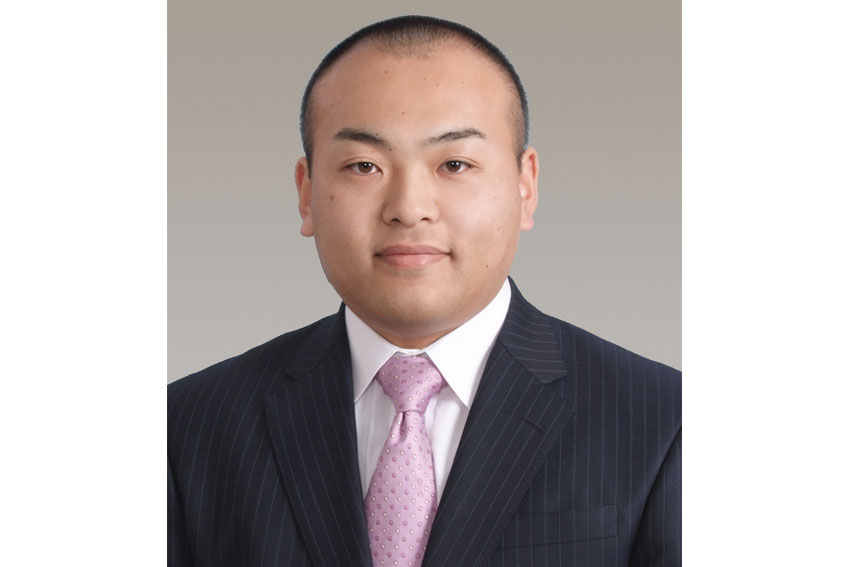By implementing the right automatic systems, manufacturers can improve their factories’ productivity by more than 20 percent

They may be small but the global semi-conductor business has grown into a seriously big industry. Worldwide sales reached $335 billion in 2015, up 15 percent on 2012’s figures, according to statistics from the World Semi-Conductor Trade Statistics (WSTS), and this competitive market looks likely only to grow further over the coming years.
U.S. manufacturers remain the largest player in the sector, accounting for about half of worldwide semi-conductor sales over recent years, but in such a tough environment, keeping one step ahead of the competition has become an obligatory survival technique.
Automation is one area in which semi-conductor companies are looking to improve their productivity when it comes to manufacturing, avoiding manual handling as much as possible to ensure fewer errors. Companies such as RORZE Corp. have grown in importance as the industry has matured and are now offering a variety of solutions that have become critical to the success of the semi-conductor manufacturing industry.
“Our goal is to bring the next major innovation in the automation of the semiconductor industry,” explains Yoshiyuki Fujishiro, President and CEO of Japan-based RORZE. “Our founders invented the clean robot which was a significant achievement in the semiconductor industry. Our team is the generation that will create the next innovation in this industry.”
RORZE was founded in 1985 and now has manufacturing centers located throughout Asia, including in Japan, South Korea, Taiwan and Vietnam, as well as in the U.S. The company was founded by Mr. Sakiya, who came up with the idea of belt-free robots, and it is now focused on further inventions in the field with more than 40 patents related to automation and clean substrate handling of wafers, LCD substrates and mitigation of particles to its name.
It is this focus, says Mr. Fujishiro, and delivering ever greater levels of reliability that is enabling RORZE to maintain and grow its market position and client base.

“Semiconductor device manufacturers make large investments for the best manufacturing equipment, that must operate 24 hours a day, seven days a week. Therefore reliability is the most important factor to maintain high productivity and high performance. RORZE offers just that.”
RORZE is also focused on delivering new innovations to the market to ensure its position within this growing sector. Semi-conductors are present in an array of products that look likely to emerge as everyday items – from driverless cars to computing devices and so-called smart city infrastructure – meaning endless avenues of opportunity for the Japanese firm.
The company has already started working on a three-way project with Intel and Sony by providing them with semi-conductor technology. The new technology allows robots to recognize the problem in advance. And the smart robot can signal the need for preventive maintenance because of the IoT (Internet of Things) technology we developed,” says Mr. Fujishiro.
The RORZE president adds that innovation within the company occurs in a methodical manner, ensuring all new products are built to deliver long-term value, even if the research and development process is sometimes costlier than that of its competitors.
“When we design a new product in our company, we do so in the RORZE way,” says Mr. Fujishiro.
“For example, the engineer that designs a part will do so thinking about maximum quality. That mindset has an impact on the cost of operation, however, we have the same kind of understanding of what the Rorze way is. So when we create new products, we target a balanced approach that meets customer’s long-term satisfaction, and that is the Rorze way.”
The company has established itself as an industry leader in offering so-called “ultra-clean substrate handling solutions” and it also offers both atmospheric and vacuum robots to the industry. Mr. Fujishiro is clear that innovation, something RORZE is well versed in, is a vital weapon to ensure survival in this fiercely competitive industry.
“We have a motto created by our founders, which translated means ‘create what is not in the world’. This is our company’s culture, which is passed onto our employees. At RORZE, we have embraced this philosophy and we believe that it is our legacy to create new innovations.”
0 COMMENTS